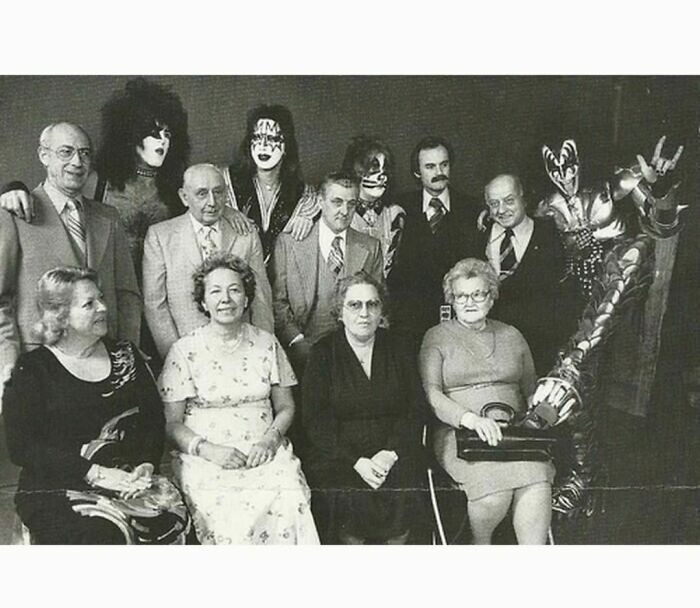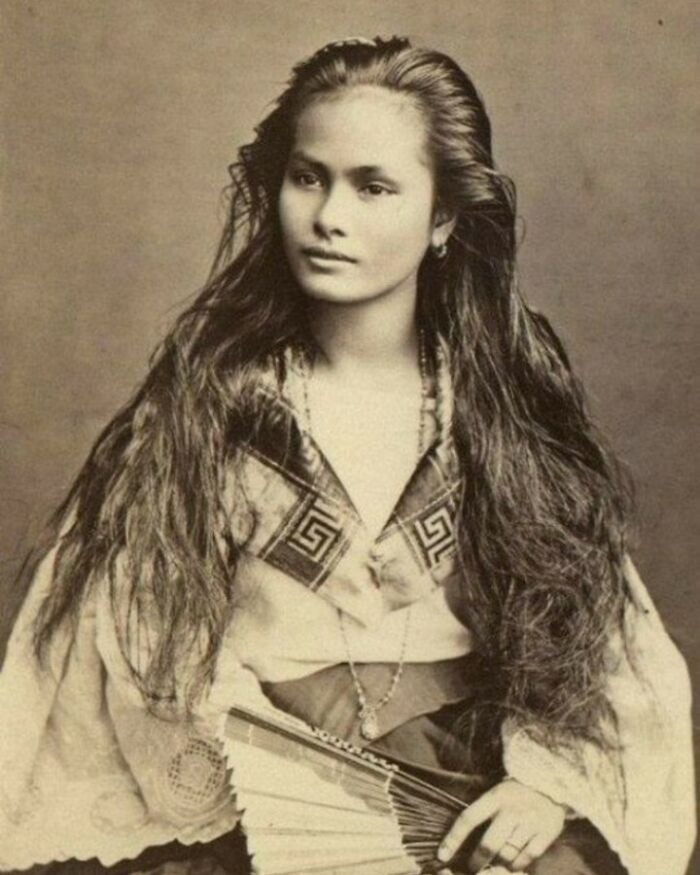You Probably Haven’t Seen These 50 Rare Historical Photographs Before
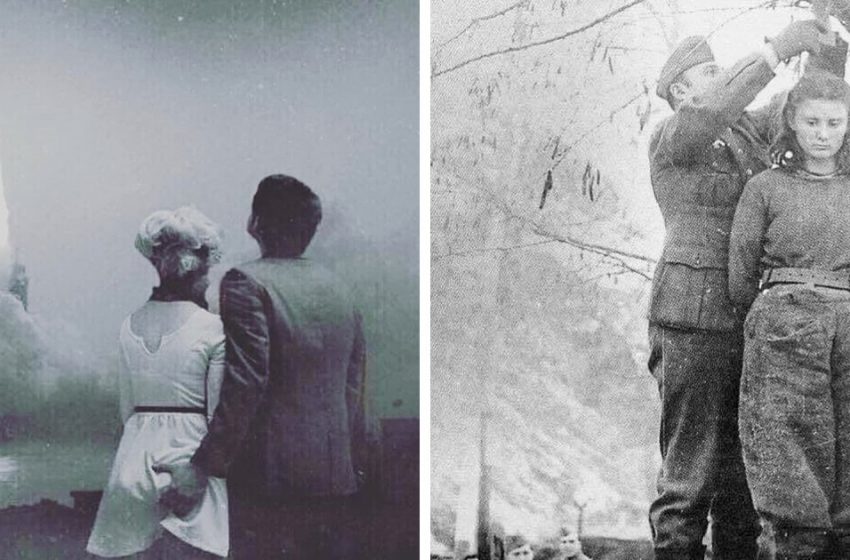
Studying history is a never-ending, continuously fascinating endeavor. Exploring the past through real images adds to the excitement. We can get a close-up look at the lives of people who are long dead because to these unique pictures and the fascinating stories that go with them. They give us a concrete connection to these mysterious individuals and teach us about their aspirations, anxieties, and courageous choices that altered the course of history.
At Bored Panda, we truly adore unearthing historical gems, and we’re excited to share with you a ton of pictures that go along with them. Today’s post will act as a gripping repository of several rarely viewed photographs featuring candid and real-life historical events.
So let’s look at some historical events, both significant and insignificant, that might well change the way we perceive the world. Continue scrolling, vote for your favorites, and let us know in the comments which ones you thought were the best.
#1 In 1969, when it was still illegal for Black people to swim with White people, Mr. Rogers made the decision to invite Officer Clemmons to join him and cool his feet in a pool.

#2 Lepa Radi, 17, was hanged by the Nazis on February 8th, 1943, for supporting the Yugoslav cause during World War II. She said, “You’ll know them when they come to avenge me,” when they asked her for the names of her companions.
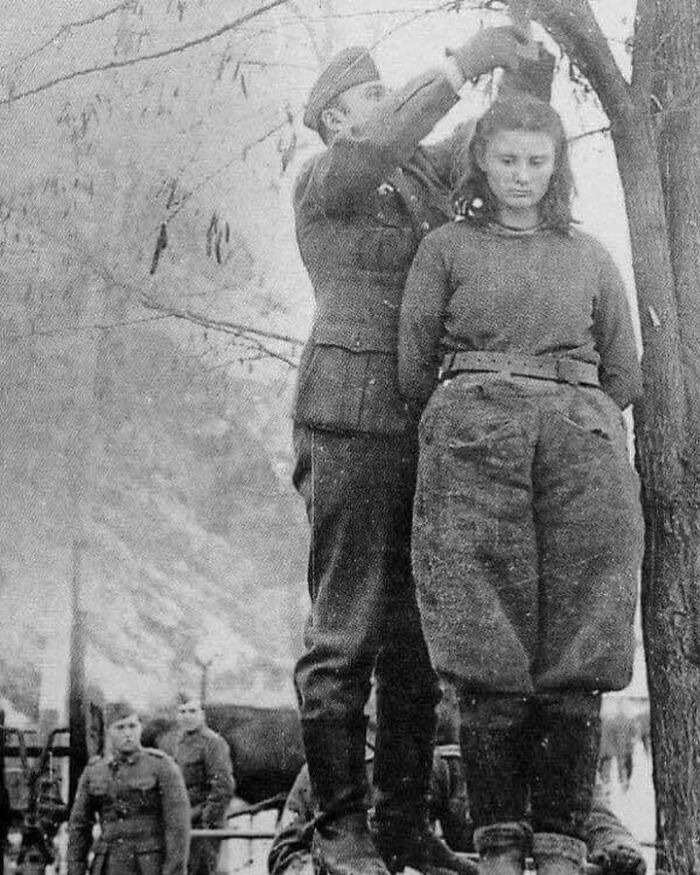
#3 Among the earliest images of a Native American and a wolf Indians maintained a close and respectful relationship with wolves, in contrast to the myths that European settlers created about wolves.
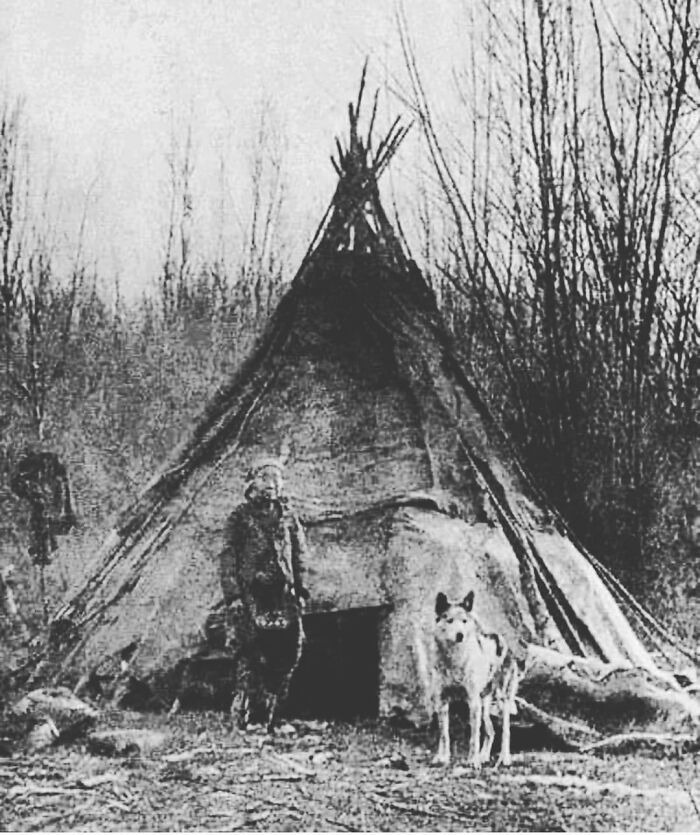
The best part about finding vintage images like this is how much interest they arouse. In an effort to learn more about these bygone ages, long-ago events, and the individuals who made something out of them, many of us immediately feel the impulse to conduct a few Google searches, quickly click on hyperlinks, and plunge deeply into the realm of information.
It’s incredible how just one unassuming picture can spark hours of investigation into a topic you may not even have known existed. You may comprehend and improve your visual understanding of the world by studying historical events through images. You’re suddenly given fresh information on how people lived in the past and how their deeds influenced modern culture.
#4 A Harlem grocery store owner in front of his establishment, 1937

#5 Three lads play to the camera, Jamaica
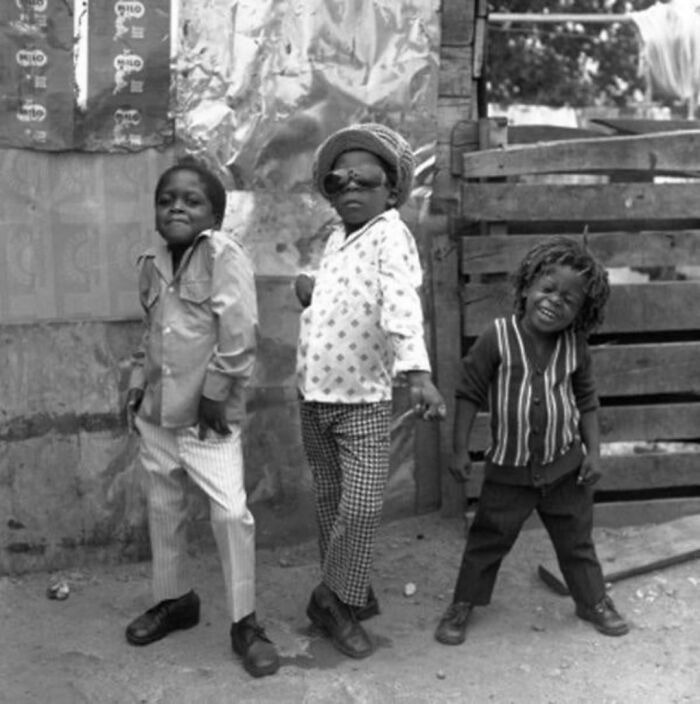
#6 Jewish Detainees, 1945, Following Their Rescue From A Death Train
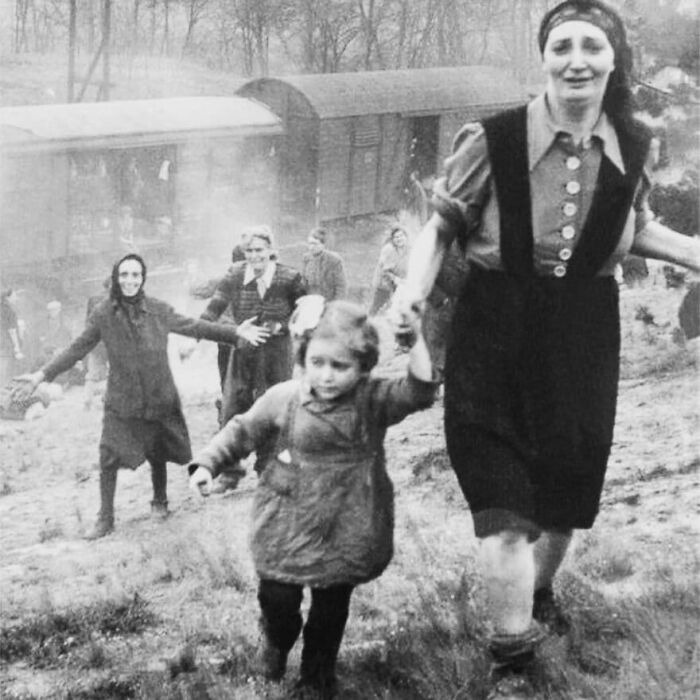
#7 Little Man’s Got Style: The Boy And His Car, 1930s

#8 Japanese Couple Posing for a Selfie in a Mirror, 1920s

#9 Walking Together With Her Daughter In New York City, 1970
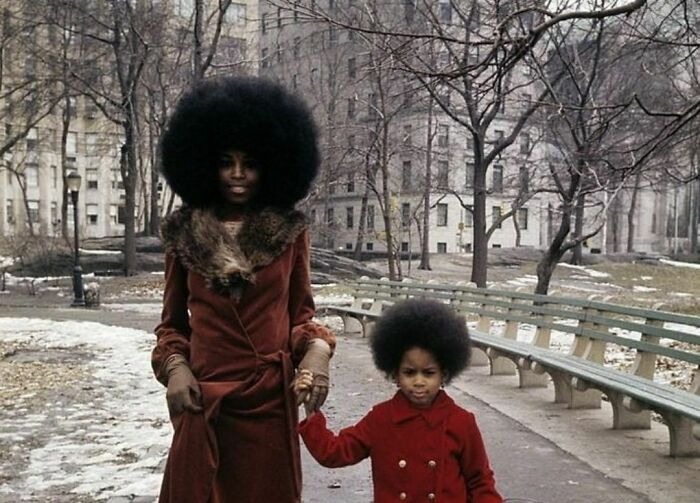
More than we could learn from reading a book, Jo said, “From a snapshot, too, we may notice body languages and stances among a group of people or the way a scene is laid up.” “History seems more authentic thanks to photographs. They serve as a kind of window into the past.”
We can’t help but concur. Of course, important sources of knowledge about historical eras include oral traditions, collections of artifacts, and volumes of manuscripts and records. But there’s something about photography that makes history more accessible to us. Every time the camera shutter is closed, a moment is captured and preserved in time. Finding these hidden treasures makes those moments seem even more genuine.
#10 Because women were not permitted to participate in the race, Bobbi Gibb, the first woman to run the Boston Marathon in 1966, did not receive a bib.

#11 “Please, God, Please, Don’t Let Me Be Normal,” is number. Yearbook photo from Sigourney Weaver’s High School, 1967
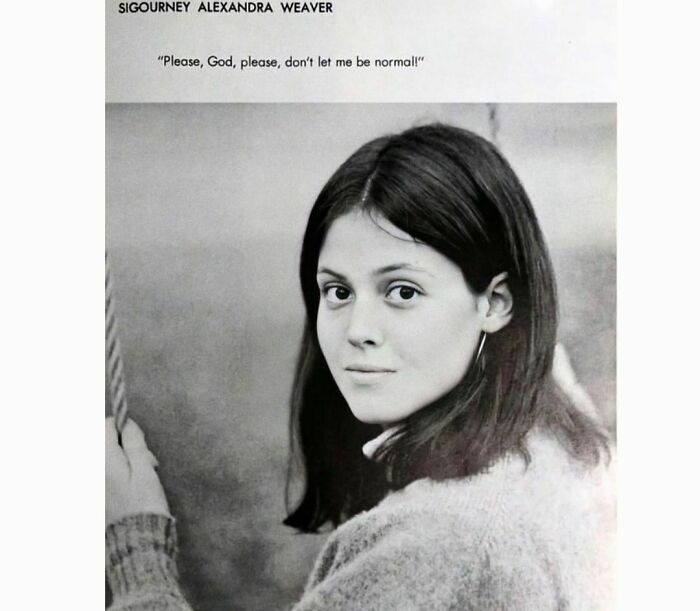
#12 Shirley Slade, a 22-year-old Wasp pilot, is depicted in 1943 with a flying helmet, goggles, and gloves.
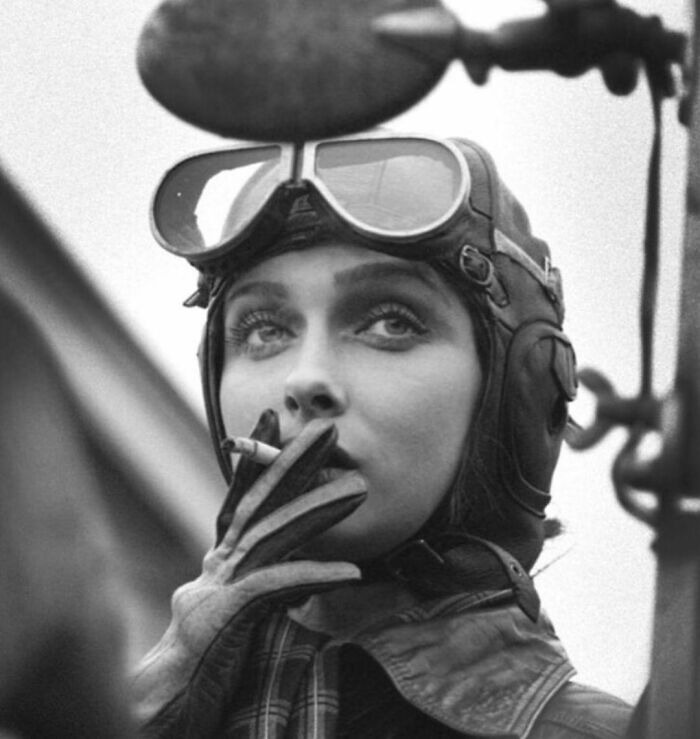
The writer noted that history is a very diverse subject and that “we have so much we can learn from the visual evidence that we have, whether that’s a picture of a person or a snapshot caught of a group or scenario.” Jo said that images can be viewed similarly to historical objects and that visual media makes the past seem more approachable. They provide background and offer intrigue.
Jo claims that reading about your great-great-grandfather on a page is one thing, but seeing a picture of him and gazing into his eyes is quite another. She thinks that “It’s excellent that photographs of people or places can be utilized alongside written sources for context because photographs of people or places elicit far greater emotional responses. Since not everyone like to learn solely by reading, employing various visual aids can help maintain our curiosity and attention while also making the subject much more interesting.”
#13 Inventor Charles S.l. Baker and his assistant are seen in photo demonstrating a heating/radiator system. 1906
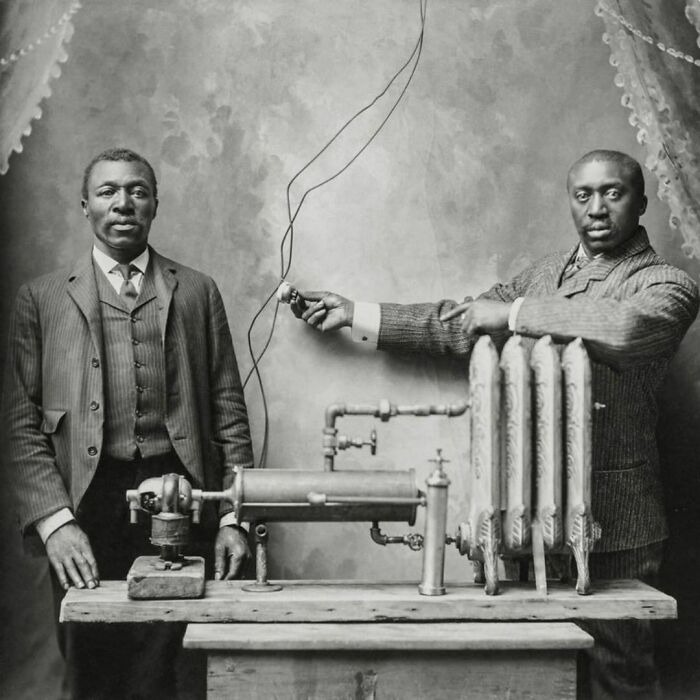
#14 A Jewish Hanukkah Menorah Resists The Nazi Swastika, 1931,
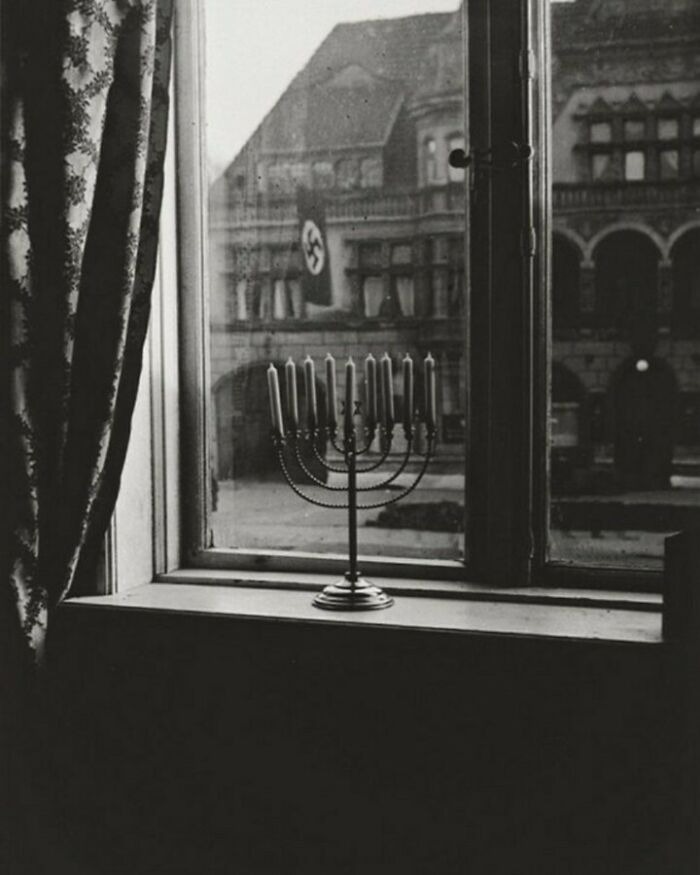
Rachel Posner, the wife of Rabbi Dr. Akiva Posner, captured this image of the family Hanukkah menorah on Hanukkah 1932 from the window ledge of the family home gazing out upon the building across the street draped with Nazi banners, only one month before Hitler entered office.
Rachel Posner inscribed the following in German on the back of the photograph: Chanukah 5692 (1932) “Death to Judah”
Judah shall live forever, according to the banner.
The light then responds.
#15 Bride Leaving Her Recently Bombed Home to Wed, London, November 4, 1940

We seldom ever spend time looking at images that depict history, as University of Michigan associate professor Anna Pegler-Gordon pointed out in an essay titled Seeing Images in History. Because of the way that many historical books convey images and because historians are educated to consider images as representations of written history rather than as sources of history themselves, we tend to concentrate on the written content the majority of the time.
Pegler-Gordon noted signs of a “visual turn” in the subject’s learning and instruction during the past few years, thus this appears to be changing. It appears that more historians and scholars are increasingly paying more attention to pictures. The professor discovered that pupils frequently view media as more accessible than textual records by using photos to instruct. Images, she continued, “provide definite shape to a world that sometimes seems immaterial, making the past seem more accessible to the present.
#16 The Meaning of “Keep Calm and Carry On” in Real Life. During the London Blitz in 1940, a milkman
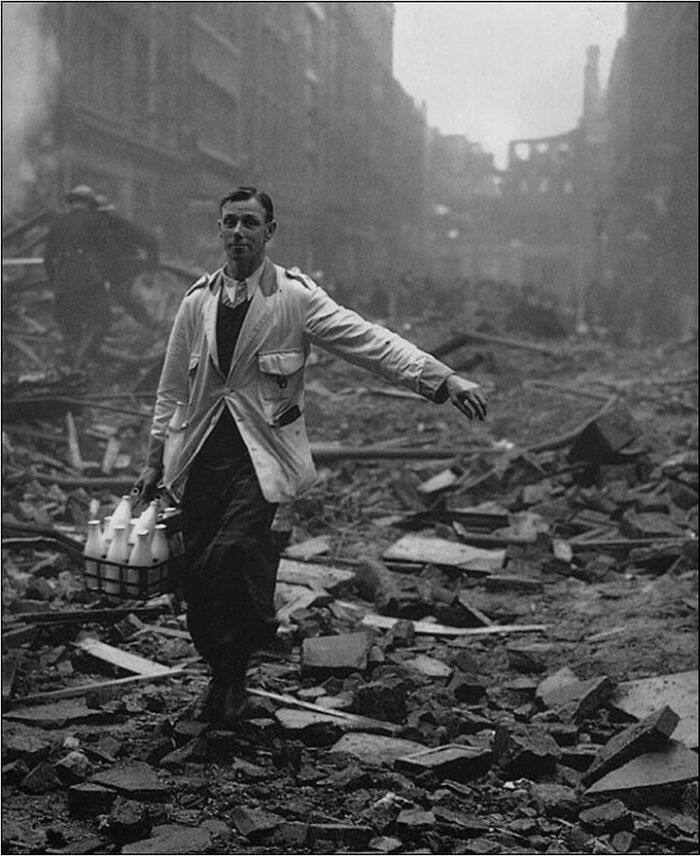
#17 Hippie Dad Walking His Daughter. 1968 in Amsterdam
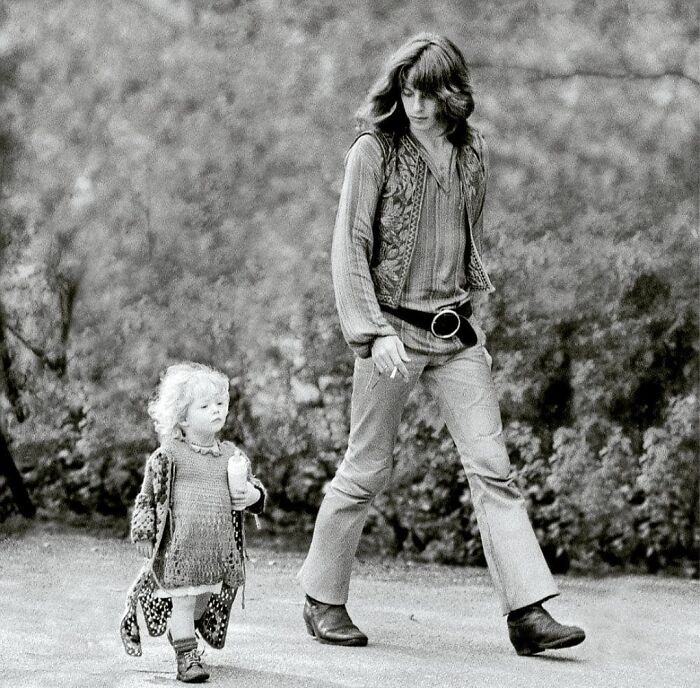
#18 Luzon Woman, 1875
“Today’s students enter our classrooms already well-versed in both technological and visual learning methods. They like the immediate nature of the image because it frequently communicates information more effectively than a primary text written in a strange or even alien language.” Another advantage of this promptness is that it creates a shared experience of viewing a picture that can contribute to an engaging group conversation.
The process of looking at and understanding historical visual representations can be very enjoyable for pupils because they are frequently proficient readers of graphic media.
#19 Inuk Man instructing a little boy how to shoot. Circa 1920
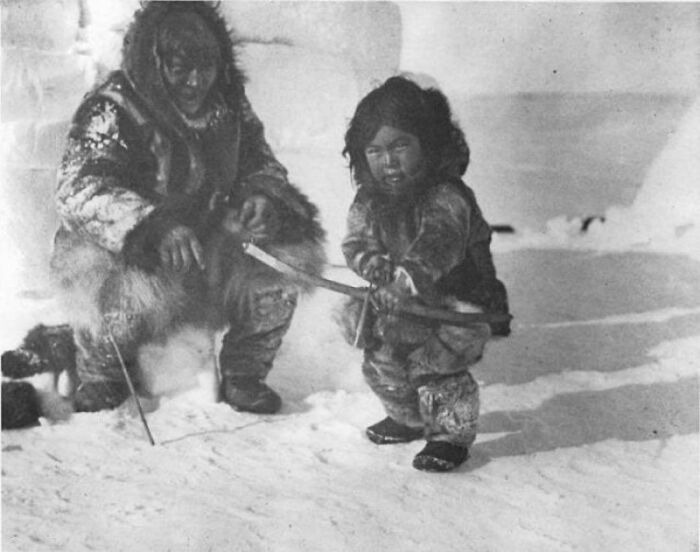
#20 The Parents of the Kiss Band, 1976
